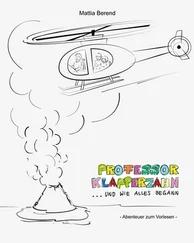1 ...7 8 9 11 12 13 ...29 TABLE 2. The head and bill lengths of adults of six species of gulls in Britain, the measure separating the sexes and the proportions sexed correctly by this single measurement. The data are based on samples of at least 80 individuals of each sex breeding in Britain, except for Common Gulls (Larus canus), which were captured in winter and so were from unknown breeding areas. Based on Coulson et al. (1983a) and additional data.

When a group of breeding gulls is being studied, the behaviour of marked individuals can be used as a reliable method of sexing. Copulation is totally reliable in this respect, as is courtship feeding of the female by the male and intensive food begging by the female. More details on the methodology used to sex gulls are given in Chapter 12.
Adult plumages
There is considerable variation in the shade of grey on the wing and mantle in adult gulls of the same species, which is evident in birds nesting in the same colony. This is illustrated in Fig. 7, which shows the extent of such variation in Herring Gulls breeding on the Isle of May in Scotland (subspecies Larus argentatus argenteus) and in northern Norway (subspecies L. a. argentatus). Because of the variation, there is overlap in wing shades between the two subspecies of Herring Gulls and most, but not all, individuals can be identified on this basis alone (see also box). Even using more measurements of body size does not completely separate all argenteus males from argentatus females.
In Lesser Black-backed Gulls breeding in the Netherlands ( Fig. 7), there is also considerable variation in wing shade, with the palest approaching the darkest shade of Herring Gulls breeding in northern Norway. The darkest shade reported in Lesser Black-backs in the Netherlands is said to fall within the shade range of the subspecies Larus fuscus fuscus, which breeds in eastern Scandinavia and typically has a black mantle and wings very similar to those of the Great Black-backed Gull. The majority of Lesser Black-backed Gulls breeding in the Netherlands have a range of shades found in both the subspecies L. f. intermedius (breeding in north-west Europe) and L. f. graellsii (breeding in Britain).
Identification of the Lesser Black-backed Gull subspecies intermedius and graellsii in the field is further complicated by whether the individual is seen in bright sunlight or under dull conditions, and also by the direction of the light, all of which affect the apparent shade of grey of the same individual recorded in photographs or observed in the field. Reliable records of shade need to be measured with the bird in the hand, using standard lighting and comparing it against a reliable shade chart, but even this would not identify the subspecies of all individuals.
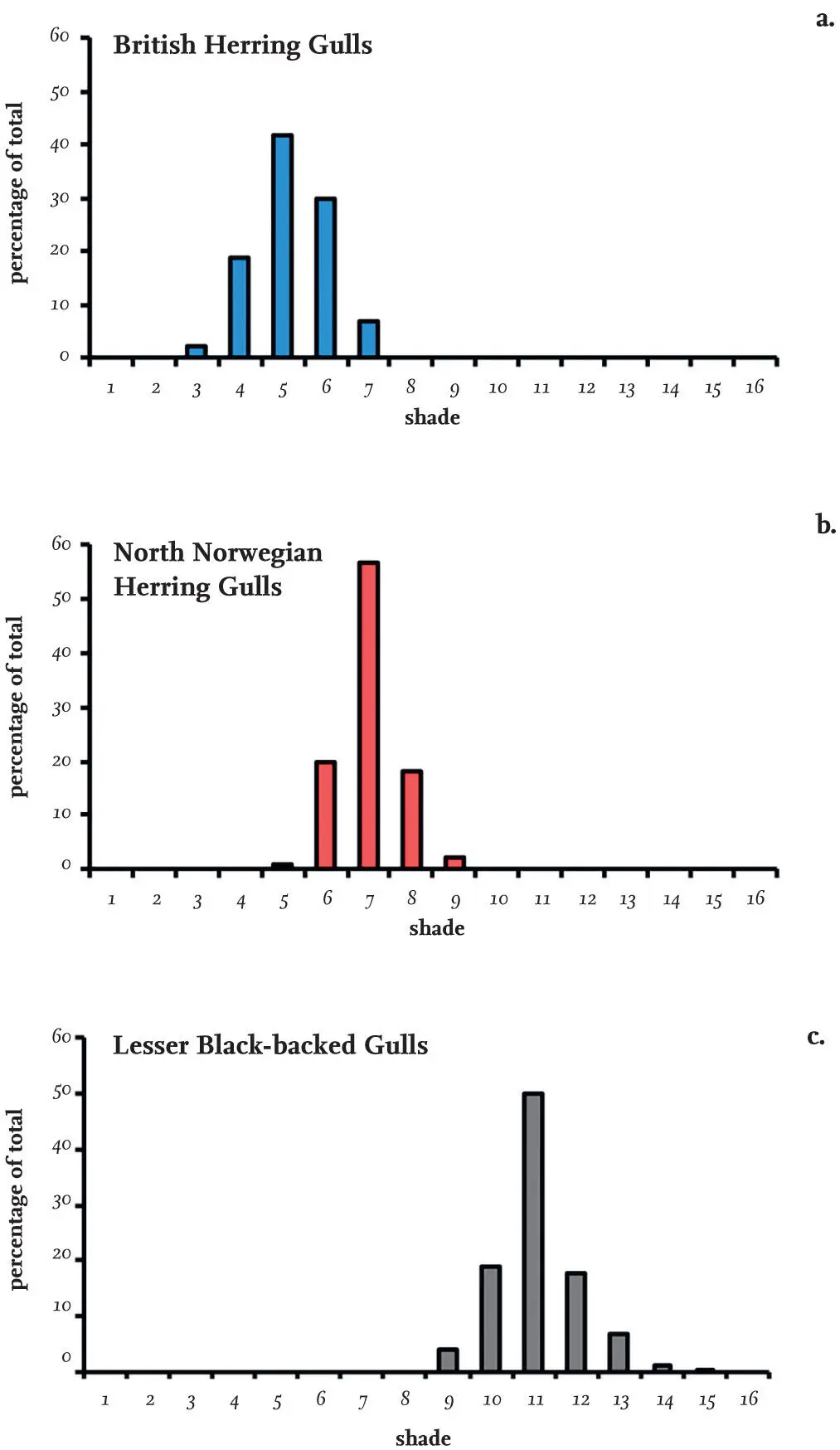
FIG 7. The shade of the wings of adult (a) Herring Gulls (Larus argentatus) breeding in Britain (n = 1,591) and (b) northern Norway (n = 140), and (c) Lesser Black-backed Gulls (L. fuscus) breeding in the Netherlands (n = 899). The shades increase in darkness from left to right and correspond approximately to shades of grey, which range from 1 (white) to 20 (black). The data for Lesser Black-backed Gulls are taken from Muusse et al. (2011).
Differences in wing pigmentation
A major source of plumage variation within gull species is the pattern of black or brown pigmentation on the wings of immature individuals. These show progressive changes at each annual moult, until adult plumage is eventually achieved. In addition, this patterning varies appreciably between individuals of the same age, even within a single colony. For example, fully adult Herring Gulls in the same colony showed a range in the number of primaries that are tipped with black pigment ( Table 3), and they also showed variation in the extent of white on the tip of the longest (10th) primary. Part of this variation is linked to the age of the birds ( Table 4), with change continuing for several years after individuals reach breeding age, but the patterning is not related to gender.
TABLE 3. The percentage of fully adult Herring Gulls (Larus argentatus) examined in breeding colonies with different numbers of black-tipped outer primaries. Dutch data from Muusse et al. (2011), Norwegian data mainly from Barth (1975).
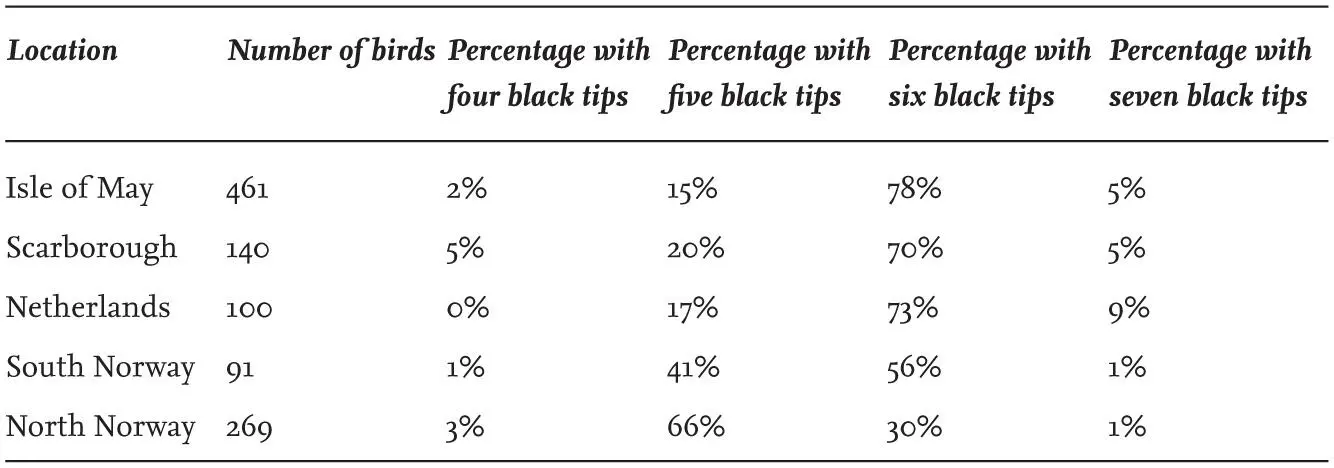
TABLE 4. The wing-tip pattern in Herring Gulls (Larus argentatus) of known age breeding in colonies in Britain. The extent of white on the tip of the 10th primary tends to increase with age.
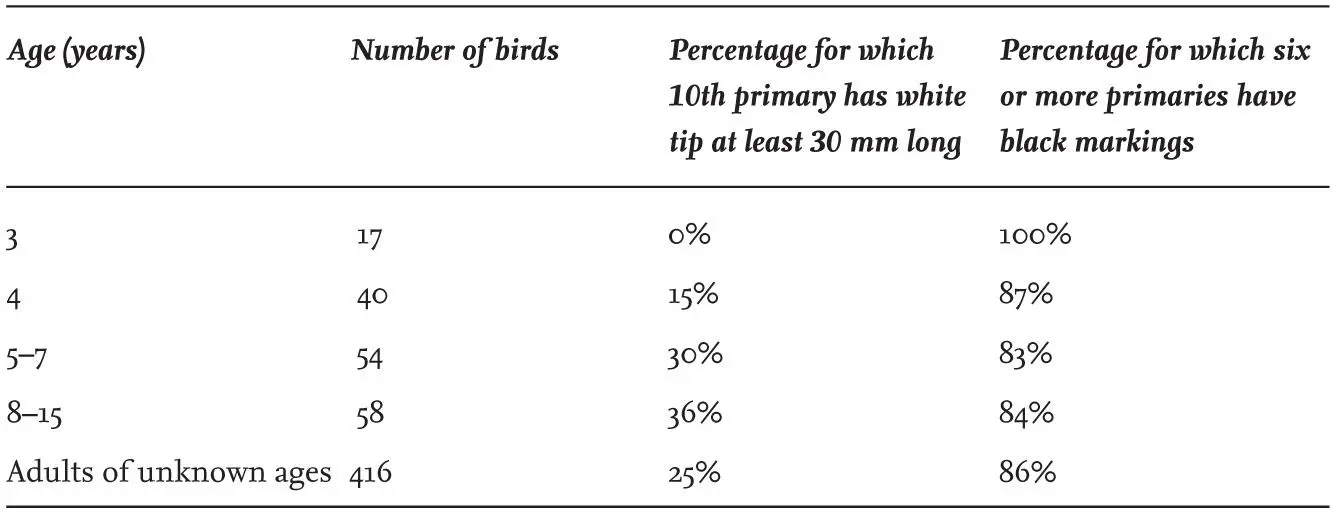
Part of the variation is also geographical, as seen in adult Herring Gulls breeding on the east and west sides of England and Scotland ( Table 5). This difference between east and west in the black-and-white patterning on the primaries is maintained in the winter, presumably because the north–south dispersive movements of British Herring Gulls mainly follow either the eastern or the western coastlines, with relatively few individuals crossing between the two coasts. Figs 8and 9illustrate the variation in two adult Herring Gulls captured in north-east England, with one showing the thayeri-type pattern on the ninth primary (second from left), where the black does not spread across the whole of the width of the feather.
TABLE 5. Comparison of wing-tip patterns of adult British Herring Gulls (Larus argentatus) breeding on the east and west coasts of England and Scotland. The differences in both characters are significant.

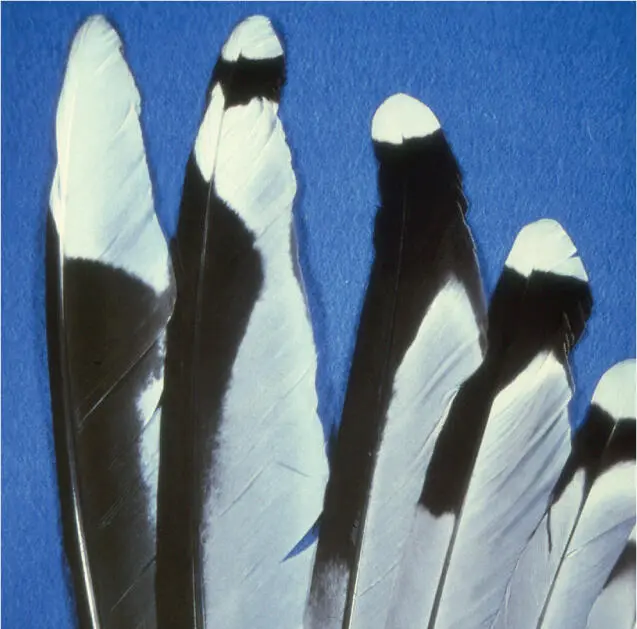
FIG 8. The wing-tip pattern of an adult Herring Gull (Larus argentatus) captured in north-east England, showing what is known as the thayeri-type pattern on the ninth primary. The bird was subsequently found breeding in northern Norway. (John Coulson)
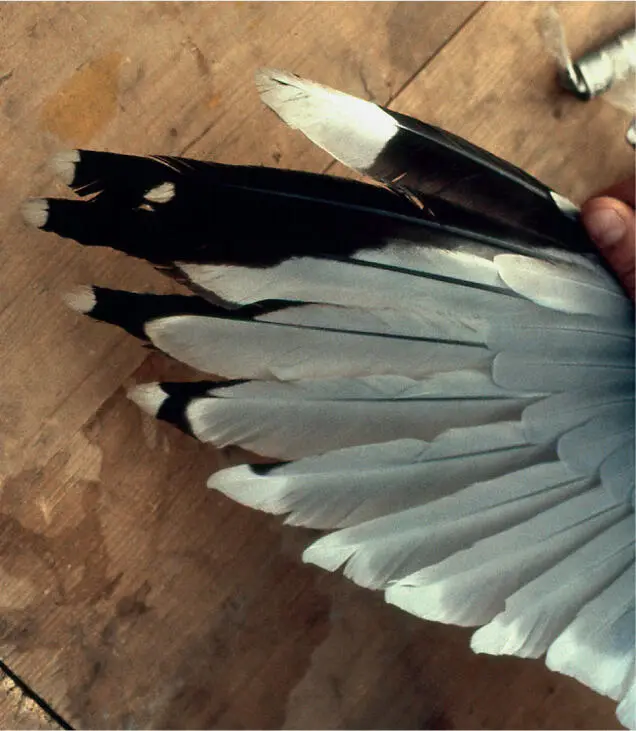
FIG 9. A typical wing-tip pattern of a Herring Gull (Larus argentatus) breeding in Scotland, with the 10th primary still growing. (John Coulson)
Differences caused by hybrids
One definition of a biological species is that the individuals can form a group of interbreeding or potentially interbreeding organisms that produce viable offspring. If hybrids occur between two species, such as in the classical case of a horse and a donkey, the hybrid offspring of the two (a mule or hinny) are usually sterile, probably because the two parent species have different numbers of chromosomes. In the case of gulls, hybrids are not uncommon and are reported far more frequently than in major taxa, such as terns. Studies have revealed that Larus gulls have the same number of chromosomes (72) and as a result, hybrids are usually fertile and they have been reported breeding successfully. There are now numerous records of gulls of different species and even different genera pairing and rearing hybrid offspring, as listed below:
Читать дальше












